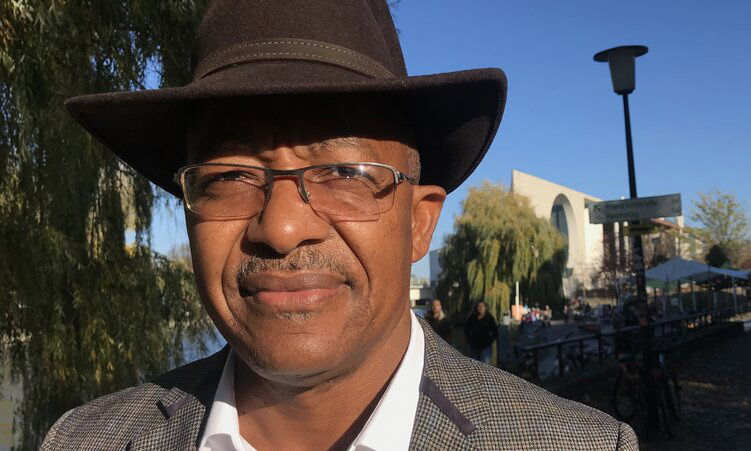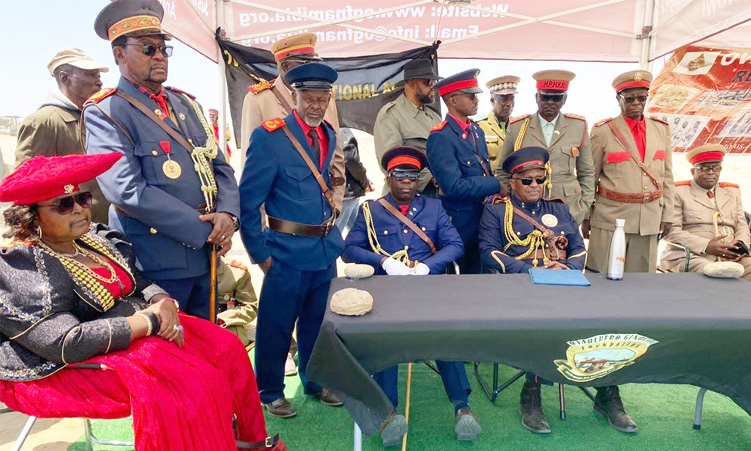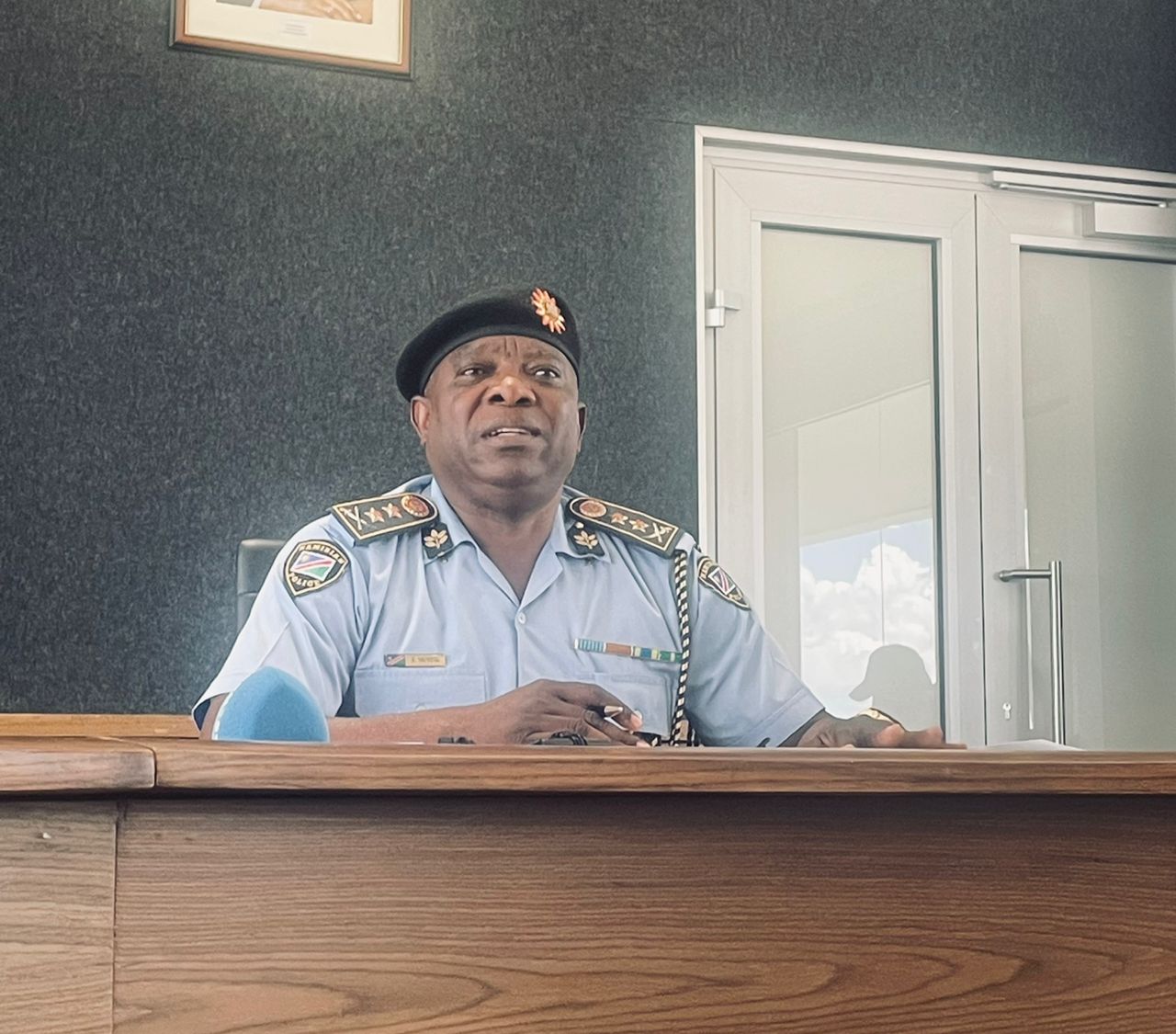The Ovaherero community is concerned about the continued desecration of ancestral graves at a heritage site at Swakopmund.
Community members are accusing both the Swakopmund municipality and developers of disregarding the historical significance of the land where their ancestors’ remains lie.
Ovaherero Traditional Authority (OTA) paramount chief Mutjinde Katjiua said this while speaking at a genocide commemoration event at Swakopmund yesterday.
“We are standing on one of the many dumping grounds of the remains of our ancestors who died in the Swakopmund concentration camp. The size of this sacred ground has shrunk over the years as housing development has encroached on the graves,” he said.
Katjiua said the row of houses at the northern side of the area are built on these graves.
He said more than 2 600 people were either murdered, starved, or worked to death and dumped in shallow graves at the site.
“This is a gross desecration of the sanctity of the souls of our ancestors and a deliberate attack on the memory of the genocide,” he said.
The event marked the anniversary of the extermination order German colonial leader Lothar von Trotha issued on 2 October 1904, calling for the annihilation of the Ovaherero people.
This order led to the systematic slaughter of thousands of Ovaherero and Nama between 1904 and 1908, in what is now known as the Ovaherero-Nama genocide.
Katjiua said for German people, these cemeteries simply represent the culmination of their successful campaign to exterminate the Ovaherero and Nama people.

“The intergenerational wealth built from this land, the mineral resources and livestock they expropriated from our ancestors, the wealth further generated through slave labour and blood of our ancestors all represent the undue wealth accrued to Germany and its citizens at our expense – the genocide victims,” he said.
Katjiua criticised the Namibian government, stating that not a single government official has ever paid tribute to the victims of the genocide at the various sites where the atrocities were committed or where the remains of the victims are.
“The absolute disregard of places like Ozombu zOvindimba and Hornkranz, where the Ovaherero and Nama extermination orders were issued, respectively, epitomises the government’s denialist posture towards these crimes which continue to haunt the Ovaherero and Nama people to this day,” Katjiua said.
He highlighted the lack of significant monuments at the six concentration camps.
These camps were located at Alte Feste and Van Rhyn Primary School in Windhoek and at Okahandja and Karibib, where 32 emaciated Ovaherero were burned alive as well as Shark Island and Swakopmund.
Meanwhile, German ambassador Thorsten Hutter yesterday laid a wreath at the Genocide Memorial in memory of the victims of the extermination order.
‘NOT OUR BUSINESS’
Responding to questions in the German parliament, minister of state Anna Lührmann acknowledged Germany’s awareness of the Shark Island concentration camp and plans to upgrade a port on the nearby Angra Pequena peninsula for the Hyphen Hydrogen Energy project and green ammonia exports.
She, however, said the Namibian government is responsible for the development of the project.
“The federal government is not aware of how this may directly affect Shark Island. Regardless of that, the planning and approval of that use of land are the responsibility of the Namibian government,” Lührmann said.
German parliamentarian Sevim Dag˘delen, who raised the question about remembrance of Von Trotha’s order, said the German government’s lacklustre commemoration of the event is a diplomatic misstep in its handling of Germany’s colonial crimes in Namibia.
“The necessary renewal of relations with African states cannot be achieved in this way,” Dag˘delen said.
Stay informed with The Namibian – your source for credible journalism. Get in-depth reporting and opinions for
only N$85 a month. Invest in journalism, invest in democracy –
Subscribe Now!






